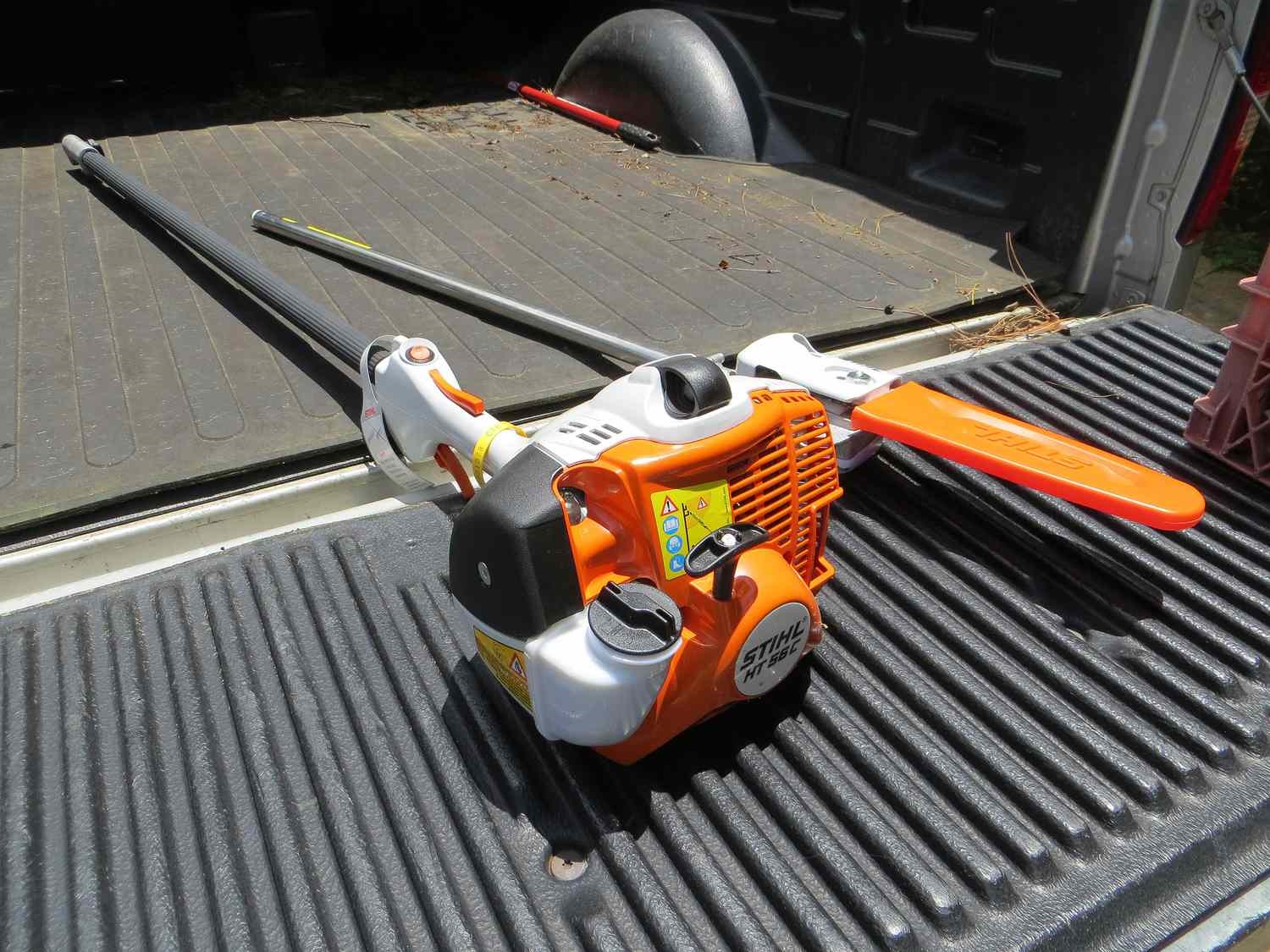

Articles
How To Store Pole Saw
Modified: December 7, 2023
Learn effective techniques for storing and maintaining your pole saw with our comprehensive articles. Maximize the lifespan of your equipment and ensure efficient performance.
(Many of the links in this article redirect to a specific reviewed product. Your purchase of these products through affiliate links helps to generate commission for Storables.com, at no extra cost. Learn more)
Introduction
When it comes to maintaining and prolonging the lifespan of your pole saw, proper storage is key. Whether you use your pole saw for pruning trees in your backyard or tackling professional landscaping projects, storing your pole saw correctly ensures that it stays in optimal condition and is ready for use when you need it.
Improper storage can lead to a variety of issues including damage to the blade, rusting of the metal parts, and deterioration of the handle. Additionally, leaving your pole saw exposed to the elements or storing it in a cluttered and unorganized manner can increase the risk of accidents and make it difficult to locate the necessary parts when you need to use it.
In this article, we will discuss the importance of proper storage for pole saws and provide you with a comprehensive guide on how to store your pole saw to keep it in optimal condition.
Key Takeaways:
- Proper storage of pole saws is crucial for preventing damage, preserving blade sharpness, reducing rust, ensuring accessibility, and enhancing safety. It’s essential for maintaining longevity and optimal performance.
- Selecting the right storage location, cleaning and maintaining the pole saw, removing and storing the blade, disassembling and storing the handle, securing and organizing parts, and protecting the tool from moisture and elements are all critical steps to follow. Periodic inspection and maintenance while in storage are also important for ensuring continued performance.
Read more: How To Store A Pole Saw
Importance of Proper Storage for Pole Saws
Proper storage is crucial for pole saws to ensure their longevity and optimal performance. Here are a few key reasons why proper storage is important:
- Prevents damage: Storing your pole saw securely and safely helps protect it from accidental damage. By keeping it in a designated storage area, you reduce the risk of it being knocked over or falling, which can lead to bent or broken parts.
- Preserves blade sharpness: The blade of a pole saw is one of its most important components. Proper storage prevents the blade from coming into contact with other tools or surfaces that could dull or chip it. Storing the blade in a sheath or cover can protect it from moisture and debris.
- Reduces rust and corrosion: Pole saws, like any metal tool, are prone to rust and corrosion. Proper storage in a dry and clean environment helps minimize the risk of moisture exposure, which can lead to rust formation. Applying a light coat of oil to metal parts can provide an additional layer of protection against corrosion.
- Ensures easy accessibility: Storing your pole saw in an organized manner makes it easier to locate and retrieve when you need it. This saves you time and effort, especially if you have multiple tools and equipment in your storage area.
- Enhances safety: Proper storage reduces the risk of accidents. By keeping your pole saw in a secure location, away from children or pets, you minimize the chances of anyone accidentally coming into contact with the sharp blade or getting entangled in the pole.
By recognizing the importance of proper storage for pole saws, you are taking proactive steps to extend the life of your tool and ensure its ongoing performance and safety.
Selecting the Right Storage Location
Choosing the right storage location for your pole saw is crucial in ensuring its longevity and accessibility. Here are some factors to consider when selecting a storage spot:
- Dry and well-ventilated: It’s important to store your pole saw in a dry area with good air circulation. Moisture can lead to rust and corrosion, so avoid storing it in damp basements or sheds prone to leaks.
- Protected from the elements: Shield your pole saw from extreme temperatures, direct sunlight, and rain or snow. Exposure to these elements can cause damage to the metal components, such as warping or rusting.
- Secure and out of reach: Store your pole saw in a place that is secure and out of reach of children and pets. High shelves, locked cabinets, or dedicated tool storage systems can help prevent accidents and ensure the tool is safely stored.
- Designated storage area: Having a designated storage area for your pole saw helps keep it organized and easily accessible. Consider using hooks, racks, or wall-mounted storage systems to keep the pole saw off the ground and out of the way of other tools or equipment.
- Avoid clutter: Clear the storage area from clutter to prevent any accidental damage to the pole saw. Tripping over items or knocking into them can lead to bent or broken parts.
By selecting the right storage location, you provide a safe and optimal environment for your pole saw, ensuring its protection from the elements and easy accessibility for future use.
Cleaning and Maintenance before Storage
Before you store your pole saw, it’s important to give it a thorough cleaning and perform any necessary maintenance tasks. This ensures that your tool will be in good condition when you retrieve it for future use. Here are some steps to follow:
- Clean the blade: Start by removing any debris or sap residue from the blade. You can use a clean cloth or a brush to gently wipe off the dirt. If the blade is particularly dirty, you can soak it in a mild detergent solution and then rinse it with water. Make sure to dry the blade thoroughly to prevent any moisture from causing rust.
- Inspect the blade: Take a close look at the blade for any signs of damage, such as chips or dullness. If you notice any issues, it’s a good idea to sharpen or replace the blade before storing it.
- Clean the handle: Wipe down the handle of the pole saw with a clean, damp cloth. Remove any dirt, grease, or residue that may have accumulated during use. This not only keeps the handle looking good, but also helps prevent the growth of bacteria or mold.
- Lubricate moving parts: Apply a small amount of lubricant to the moving parts of the pole saw, such as the locking mechanisms and pivot points. This helps keep them operating smoothly and prevents them from seizing up during storage.
- Inspect and tighten screws: Check all the screws and nuts on the pole saw for any looseness. Use a screwdriver or wrench to tighten them if necessary. Loose screws can affect the stability and performance of the tool.
By properly cleaning and maintaining your pole saw before storing it, you ensure that it remains in good working condition and is ready for use when you need it next. This also helps prevent any unnecessary damage or deterioration that could occur during storage.
Removing and Storing Pole Saw Blade
Properly removing and storing the pole saw blade is an essential step in storing your pole saw safely. Here’s a step-by-step guide on how to do it:
- Disconnect the power source: If your pole saw is electric or cordless, make sure to disconnect the power source before removing the blade. This prevents any accidental starts or injury during the process.
- Secure the pole saw: Find a stable surface to rest the pole saw on. This can be a workbench or the ground, as long as it is secure and won’t tip over while you work on it.
- Use the blade locking mechanism: Most pole saws have a blade locking mechanism to secure the blade in place. Engage this mechanism to prevent the blade from moving as you remove it.
- Loosen the blade nut: Using the appropriate wrench or tool, loosen the blade nut that holds the blade in place. Turn it counterclockwise until the nut is loose enough to remove.
- Remove the blade: Carefully slide the blade out of the blade holder or blade mounting brackets. Pay attention to the orientation of the blade and make note of how it is positioned before removing it.
- Clean the blade: Take this opportunity to clean the blade thoroughly using a cloth or brush. Remove any debris, sap, or dirt that may have accumulated on the blade during use.
- Protect the blade: Once the blade is clean and dry, place it in a blade cover or sheath. This provides an extra layer of protection against moisture, dust, and accidental contact.
- Store the blade separately: It’s best to store the blade separately from the rest of the pole saw components. This reduces the risk of damage to the blade and makes it easier to access when you need to use it again.
- Label and organize: To keep track of your pole saw blade, consider labeling the blade cover or sheath with the corresponding blade size or type. This helps you quickly identify the correct blade when you need to reattach it.
By following these steps, you can safely remove and store the pole saw blade, ensuring its protection and easy retrieval for future use.
When storing a pole saw, make sure to clean the blade and handle to remove any sap or debris. Store in a dry, well-ventilated area to prevent rust and damage. Consider using a storage rack or hanging system to keep it off the ground and out of the way.
Read more: How To Put Chain Back On Ryobi Pole Saw
Disassembling and Storing Pole Saw Handle
Properly disassembling and storing the pole saw handle is an important step in ensuring the longevity and safety of your tool. Follow these steps to disassemble and store the handle:
- Secure the pole saw: Find a stable surface to rest the pole saw on, such as a workbench or the ground.
- Hold the pole saw firmly: Grip the pole saw handle securely to prevent it from slipping or falling during disassembly.
- Identify the attachment mechanism: Different pole saws may have different attachment mechanisms, such as a twist-lock system or a push-button release. Identify the specific mechanism used by your pole saw.
- Disassemble the handle: Following the manufacturer’s instructions, disassemble the handle from the pole. This typically involves releasing the attachment mechanism and sliding or twisting the handle to remove it from the pole.
- Clean the handle: Use a clean cloth or mild detergent solution to wipe down the handle, removing any dirt, debris, or grease that may have accumulated. This helps prevent degradation of the handle material and ensures a clean storage.
- Inspect for damage: Take a close look at the handle for any signs of damage, such as cracks, splinters, or loose parts. If you notice any issues, address them before storing the handle.
- Store the handle safely: Choose a dedicated storage space for the handle, separate from the pole and other components. The handle can be stored vertically or horizontally, depending on the available space and preference.
- Protect the handle: Consider wrapping the handle in a cloth or using a handle cover to keep it clean and protected from dust or scratches.
- Label and organize: To easily identify the handle, consider labeling the storage location or using a marker to indicate which pole saw it belongs to, especially if you have multiple tools.
By following these steps, you can safely disassemble and store the pole saw handle, ensuring its protection and easy retrieval for future use.
Securing and Organizing Pole Saw Parts
Properly securing and organizing the various parts of your pole saw is essential for maintaining its functionality and ensuring easy access. Here are some tips for securing and organizing pole saw parts:
- Separate and sort: Start by separating the different components of your pole saw, such as the blade, handle, and any other attachments. Sort them into groups to make the organization process easier.
- Use storage containers: Invest in storage containers or toolboxes specifically designed for organizing and storing tools. These containers should have compartments or dividers to keep the pole saw parts separate and secure.
- Place small parts in zip-lock bags: For small parts like screws, bolts, and nuts, use zip-lock bags to keep them together. Label each bag with the corresponding part name or number to make it easier to find when needed.
- Secure the blade: To prevent the blade from accidentally coming into contact with other tools or surfaces, place it in a blade cover or sheath. Make sure to label it accordingly to avoid confusion with other blades.
- Store the handle in an upright position: If possible, stand the handle upright in a storage container or use hooks or racks to keep it in an upright position. This helps preserve the integrity of the handle and prevents it from bending or warping.
- Label or mark storage containers: Label or mark the storage containers or toolboxes that hold the various pole saw parts. This way, you can quickly identify the specific container you need when assembling or retrieving parts.
- Arrange in order of use: Consider the order in which you typically assemble or use the pole saw parts. Arrange them in the storage container or toolbox in the same order to make the assembly process more efficient.
- Keep the storage area clean: Regularly clean and organize the storage area to ensure a clutter-free environment for your pole saw parts. This reduces the risk of parts getting misplaced or damaged.
By securely and organizing the various parts of your pole saw, you can ensure that they are protected, easily accessible, and in good condition for future use.
Protecting Pole Saw from Moisture and Elements
Protecting your pole saw from moisture and the elements is essential to ensure its longevity and reliable performance. Here are some tips to help you protect your pole saw:
- Clean and dry before storage: Before storing your pole saw, make sure it is clean and dry. Remove any dirt, debris, or moisture that may have accumulated during use. This prevents corrosion and damage to the metal parts.
- Apply a protective coating: Consider applying a light coat of oil or rust inhibitor to the metal parts of your pole saw. This acts as a barrier against moisture and helps prevent rust and corrosion.
- Store in a dry location: Choose a storage area that is dry and well-ventilated. Avoid storing your pole saw in damp areas or places prone to leaks, as moisture can promote rust and damage the electrical components of corded or cordless pole saws.
- Use a moisture-absorbing agent: Place moisture-absorbing agents, such as silica gel packets, in the storage container or toolbox where you store your pole saw. These agents help absorb excess moisture and keep the environment dry.
- Protect from direct sunlight: Exposure to direct sunlight for prolonged periods can cause the handle and other plastic components to degrade or become brittle. Store your pole saw in a shaded area or cover it with a cloth or tarp.
- Cover with a protective case or tarp: For long-term storage or if your pole saw is stored outdoors, use a protective case or cover it with a tarp to shield it from rain, snow, and other elements.
- Avoid extreme temperatures: Extreme temperatures, such as freezing cold or excessive heat, can affect the performance and condition of your pole saw. Store it in an area where it is protected from temperature extremes.
- Regularly inspect for damage: Periodically check your pole saw for any signs of damage or wear. This includes checking the electrical cord, switches, and other components for cracks or fraying. Promptly address any issues to prevent further damage.
By taking these precautions and protecting your pole saw from moisture and the elements, you can ensure that it stays in excellent condition and is ready for use whenever you need it.
Periodic Inspection and Maintenance while in Storage
While your pole saw is in storage, it’s important to periodically inspect and maintain it to ensure it remains in good condition. Here are some key steps to take:
- Regular visual inspection: Every few months, visually inspect your stored pole saw to check for any signs of damage, such as rust, corrosion, or wear. This allows you to identify and address any issues promptly.
- Lubrication: Reapply lubricant to the moving parts of your pole saw periodically. This helps prevent them from seizing up and ensures smooth operation when you retrieve the tool for use.
- Battery maintenance (for cordless pole saws): If you have a cordless pole saw, periodically check the battery to ensure it retains its charge. Charge the battery if necessary and follow the manufacturer’s guidelines for battery maintenance while in storage.
- Inspect the electrical cord (for corded pole saws): If your pole saw is corded, inspect the electrical cord for any signs of damage, such as fraying or cracks. Replace the cord if necessary to ensure safe operation.
- Check handle integrity: Periodically check the handle of your pole saw for any signs of wear, such as cracks, splinters, or loose grips. If you notice any issues, repair or replace the handle as needed to maintain a secure and comfortable grip.
- Inspect blade sharpness: If you store your pole saw blade separately, check its sharpness during inspection. Sharpen or replace the blade if it has become dull. A sharp blade ensures efficient cutting and prevents strain on the motor or engine.
- Review manufacturer’s guidelines: Stay familiar with the manufacturer’s guidelines for maintenance and storage of your specific pole saw. These guidelines may provide additional recommendations or specifications that are specific to your model.
- Keep storage area clean: Regularly clean and organize the storage area where your pole saw is stored. Remove any debris, dust, or moisture that may have accumulated to prevent them from affecting the tool.
- Upgrade outdated components: If you notice that any components of your pole saw are outdated or no longer functioning optimally, consider upgrading or replacing them. This ensures the continued performance and safety of your tool.
By conducting periodic inspections and performing necessary maintenance while your pole saw is in storage, you can keep it in excellent condition and extend its lifespan. Regular maintenance also ensures that the tool will be reliable and ready for use whenever you need it.
Read more: How To Store Saws
Conclusion
Proper storage is essential for maintaining the longevity and performance of your pole saw. By following the guidelines outlined in this article, you can ensure that your pole saw remains in optimal condition and is ready for use whenever you need it.
We discussed the importance of proper storage for pole saws, including preventing damage, preserving blade sharpness, reducing rust and corrosion, ensuring easy accessibility, and enhancing safety. These key benefits demonstrate why taking the time to store your pole saw correctly is crucial.
Selecting the right storage location, cleaning and maintaining your pole saw before storage, removing and storing the blade, disassembling and storing the handle, securing and organizing the parts, and protecting the tool from moisture and the elements are all critical steps to follow.
Remember to periodically inspect and maintain your pole saw while it is in storage to address any issues promptly and ensure its continued performance. By taking these proactive steps, you can maximize the lifespan of your pole saw and maintain its reliability for years to come.
Proper storage is not just about protecting your investment; it is also about safety. Storing your pole saw securely and in an organized manner reduces the risk of accidents and keeps the tool out of the reach of children or pets.
So, whether you are a homeowner maintaining your backyard or a professional landscaper tackling large projects, make sure to prioritize proper storage for your pole saw. With the right storage techniques, your pole saw will be ready and in optimal condition each time you need it, saving you time, effort, and money in the long run.
Frequently Asked Questions about How To Store Pole Saw
Was this page helpful?
At Storables.com, we guarantee accurate and reliable information. Our content, validated by Expert Board Contributors, is crafted following stringent Editorial Policies. We're committed to providing you with well-researched, expert-backed insights for all your informational needs.
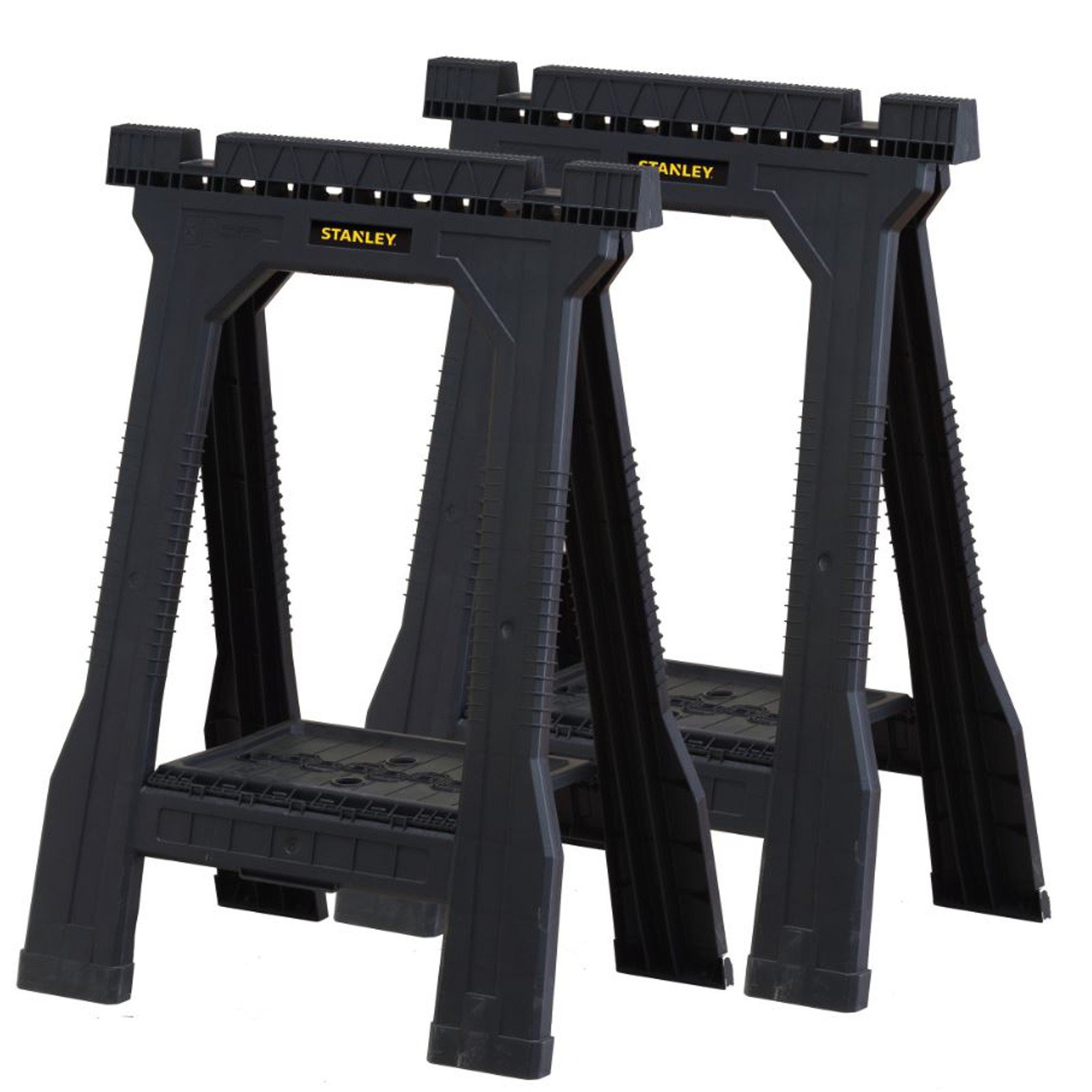
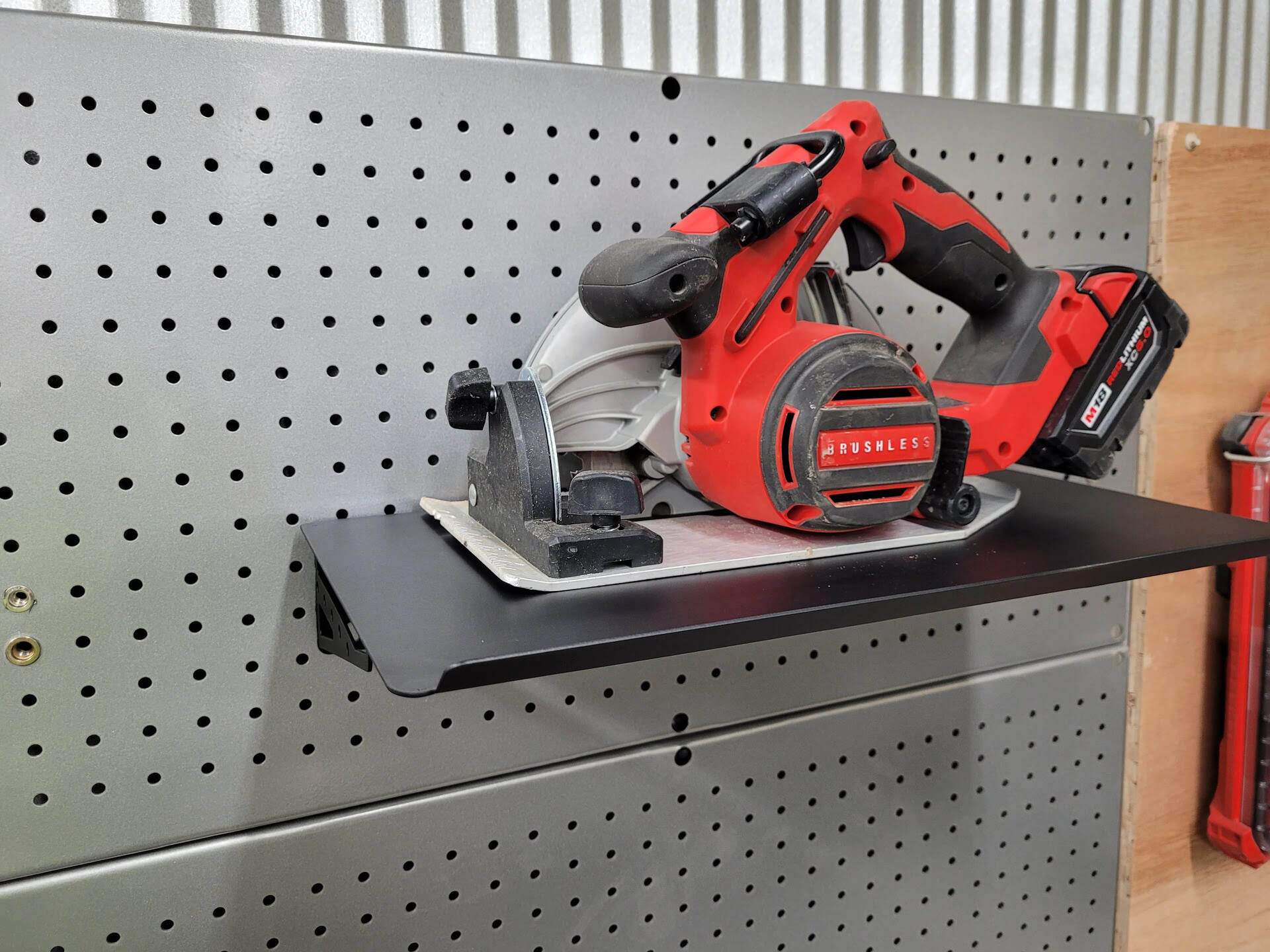
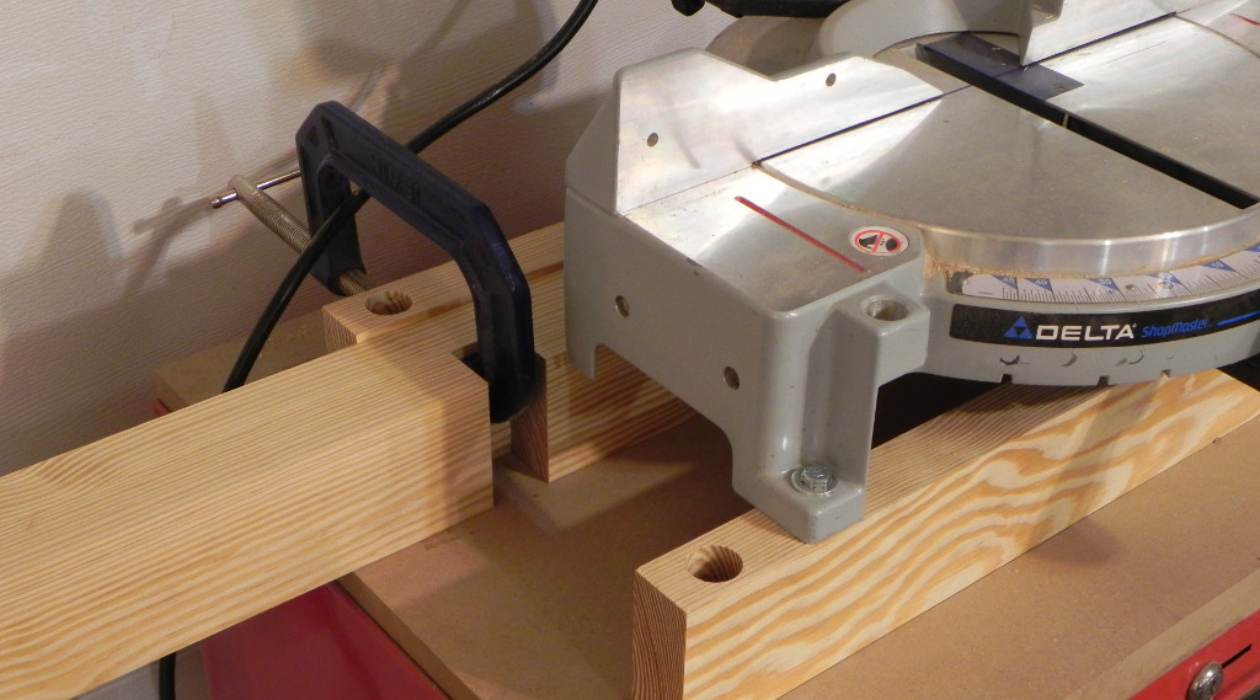
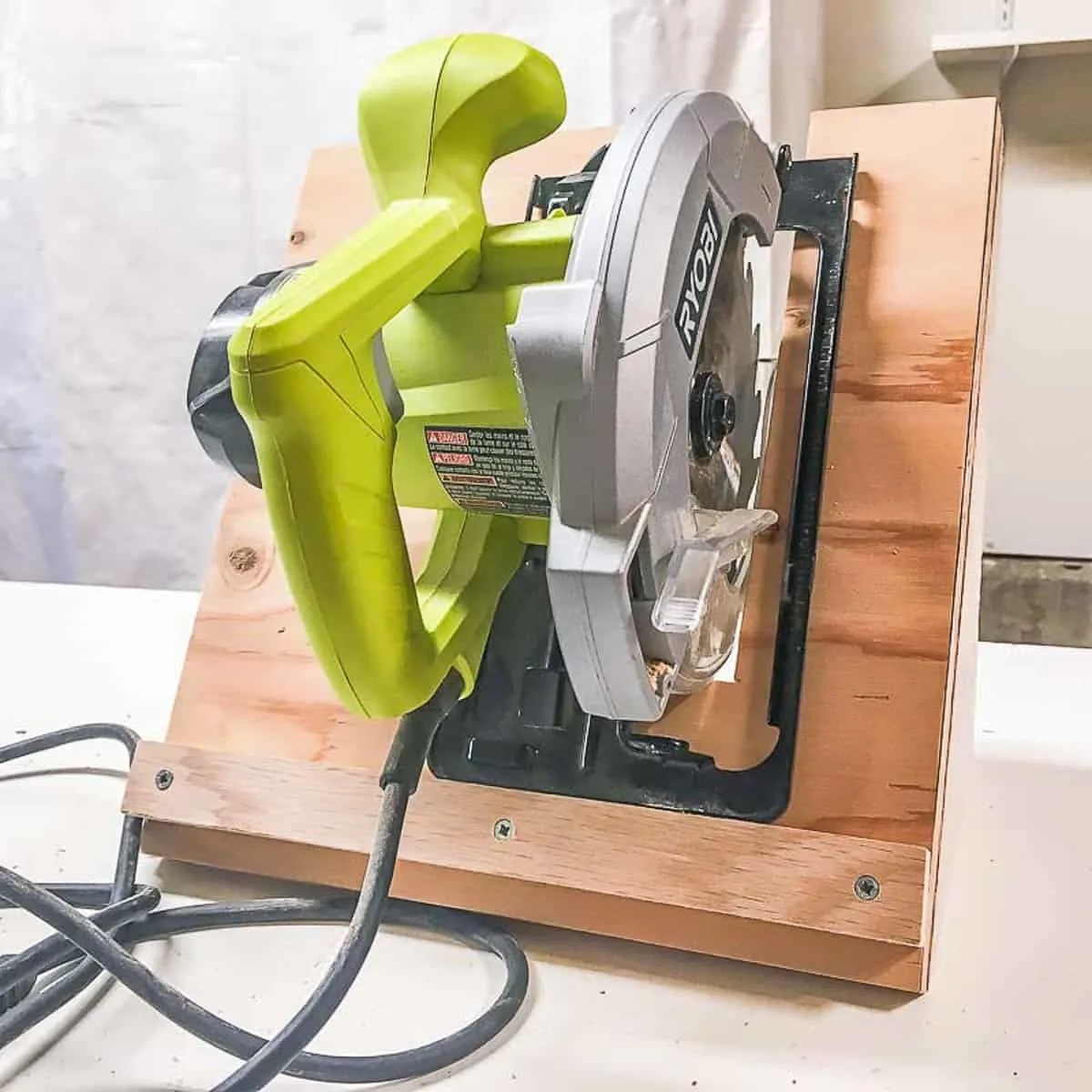
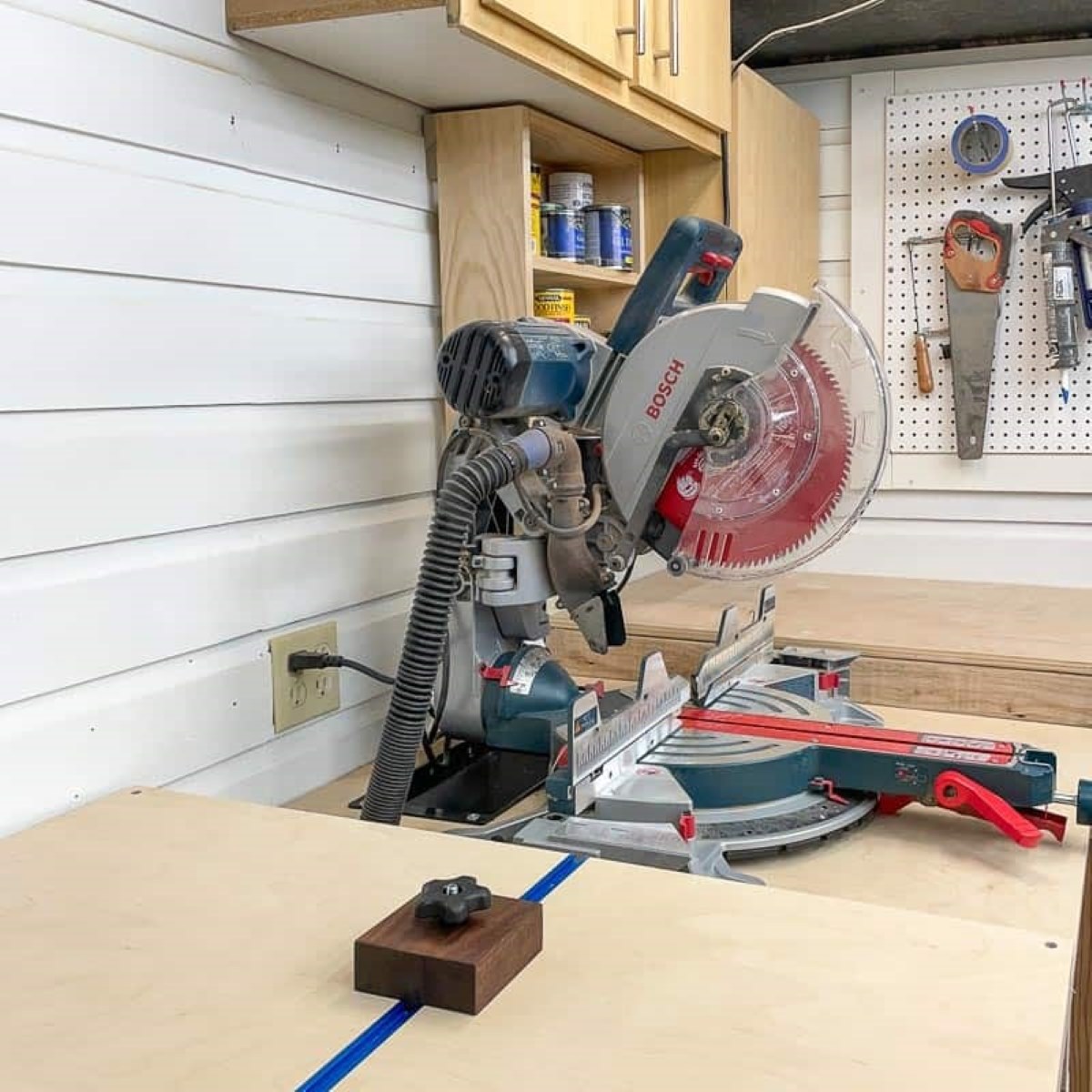

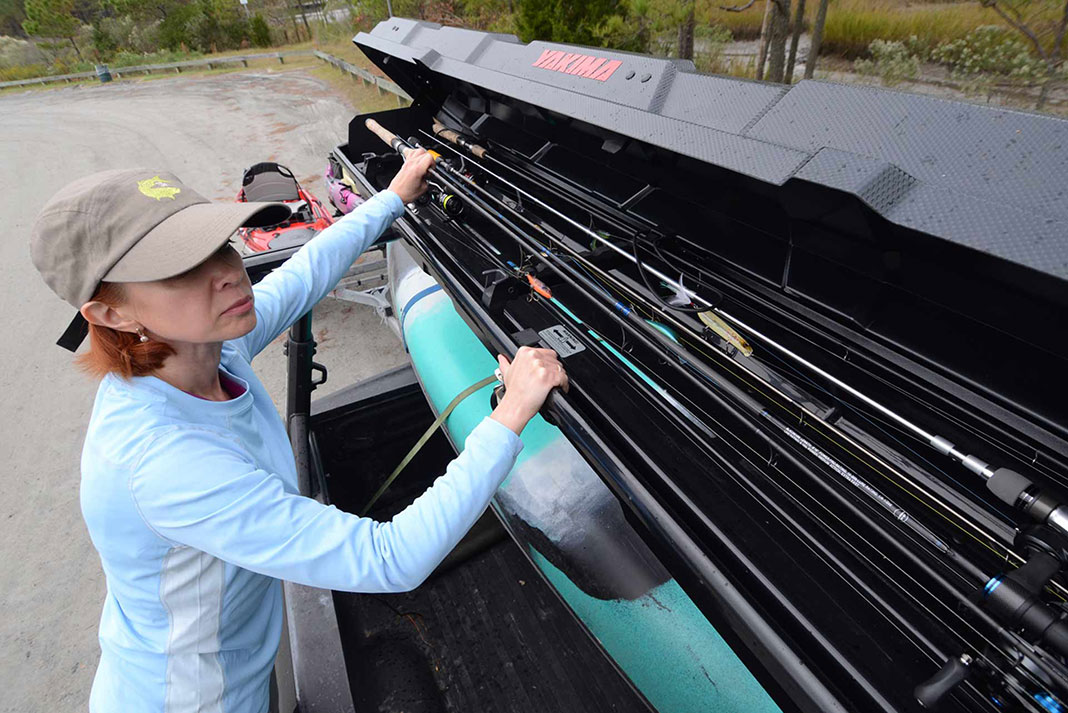
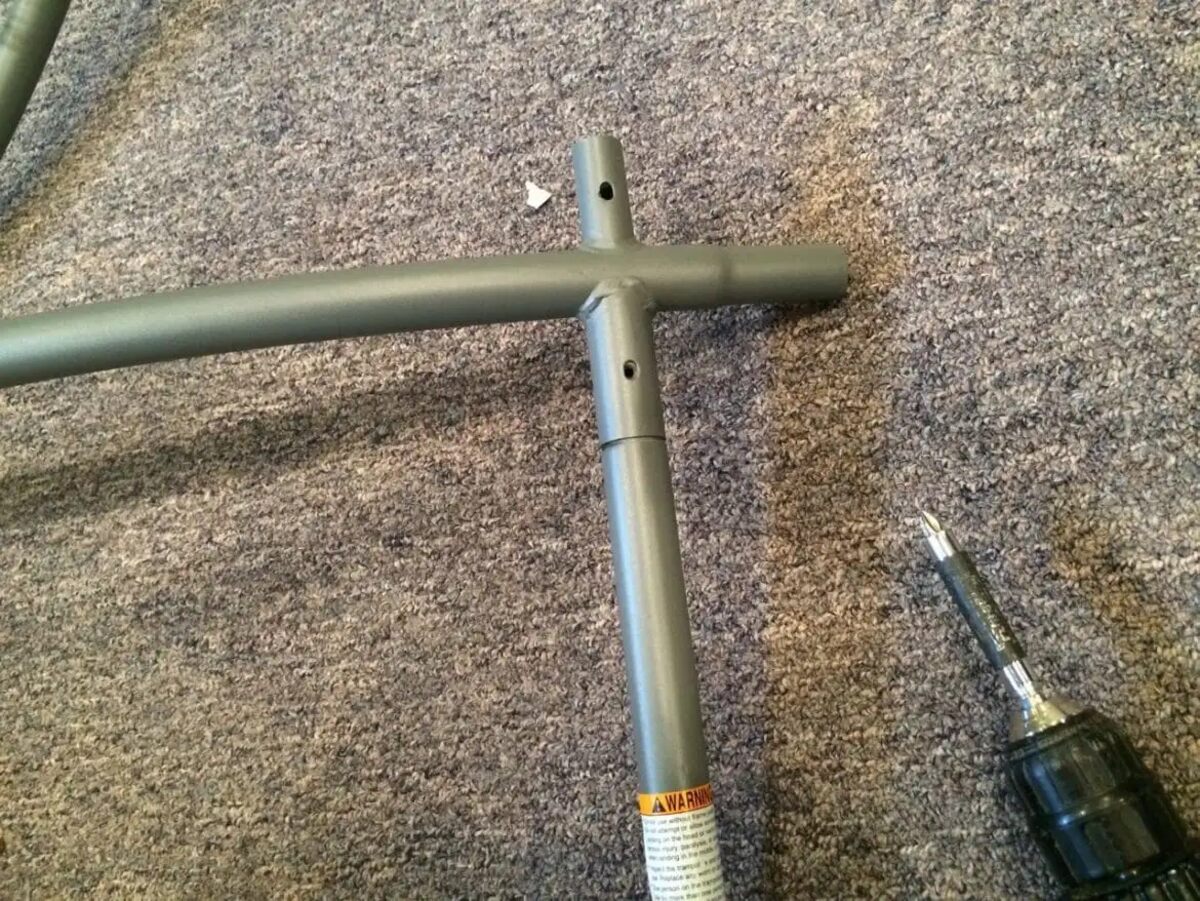
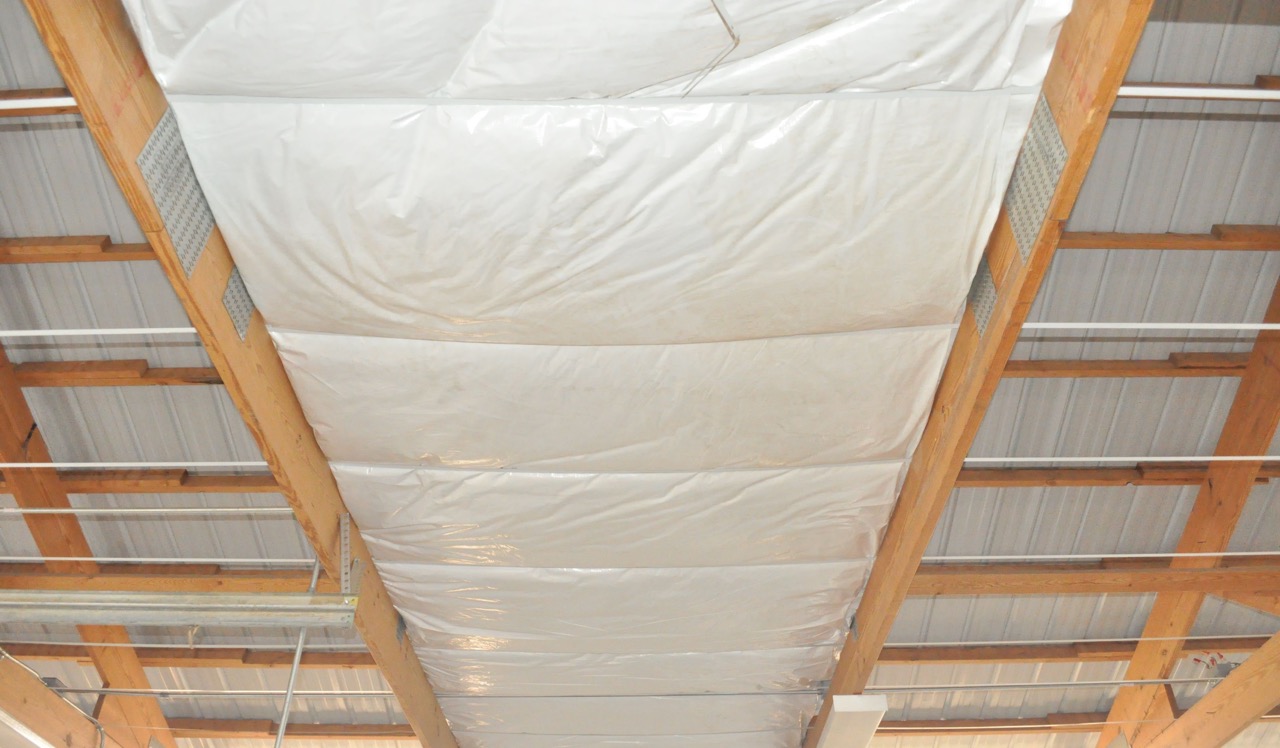
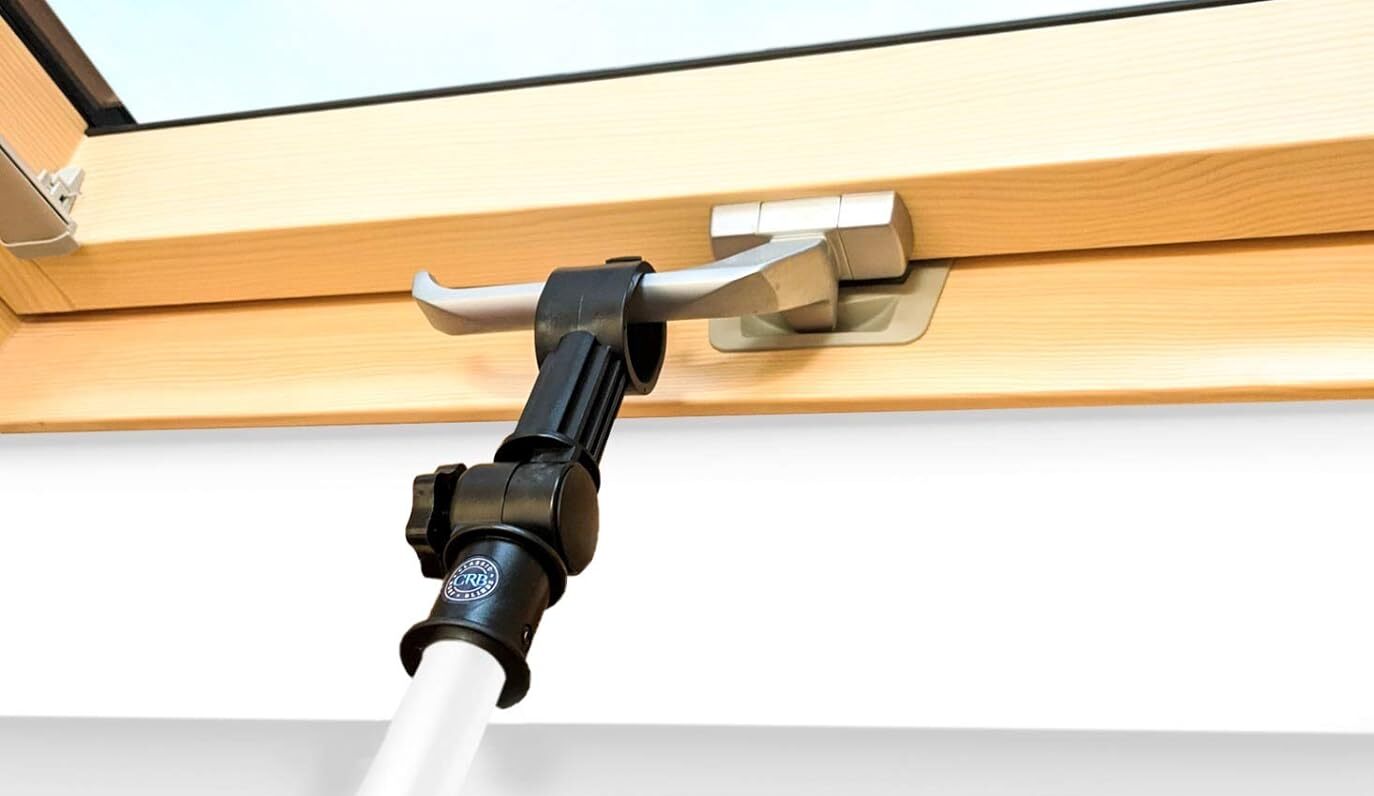

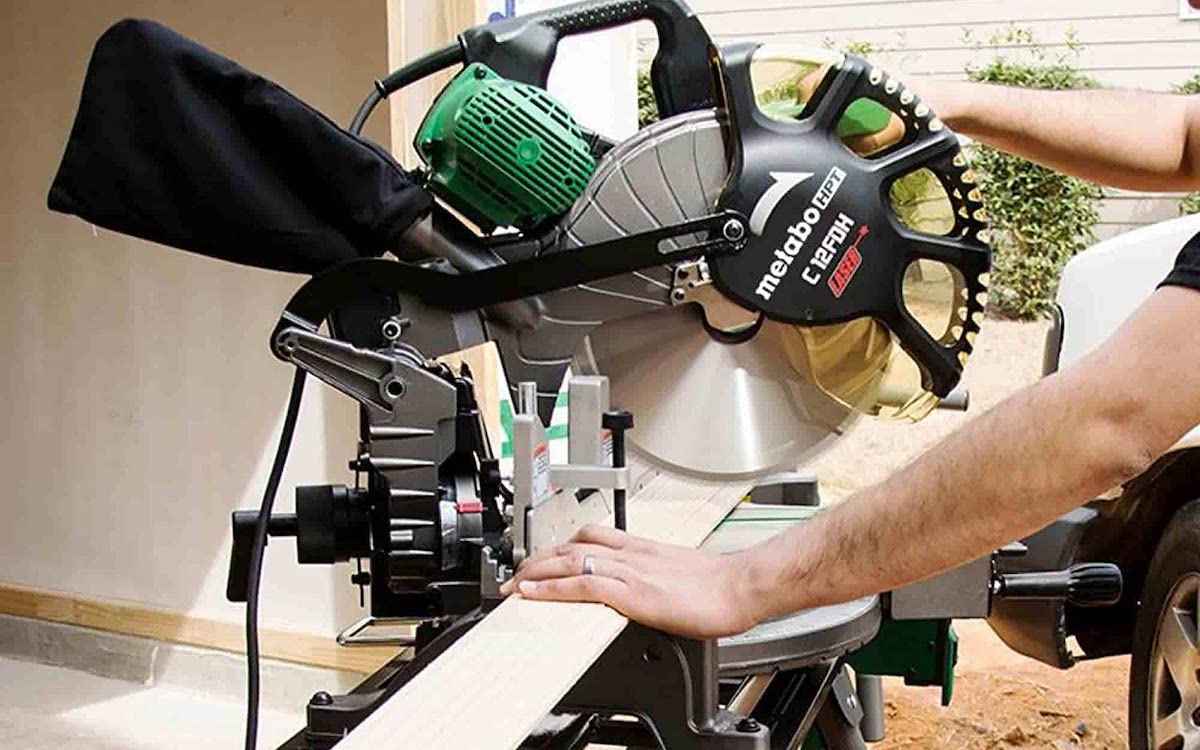
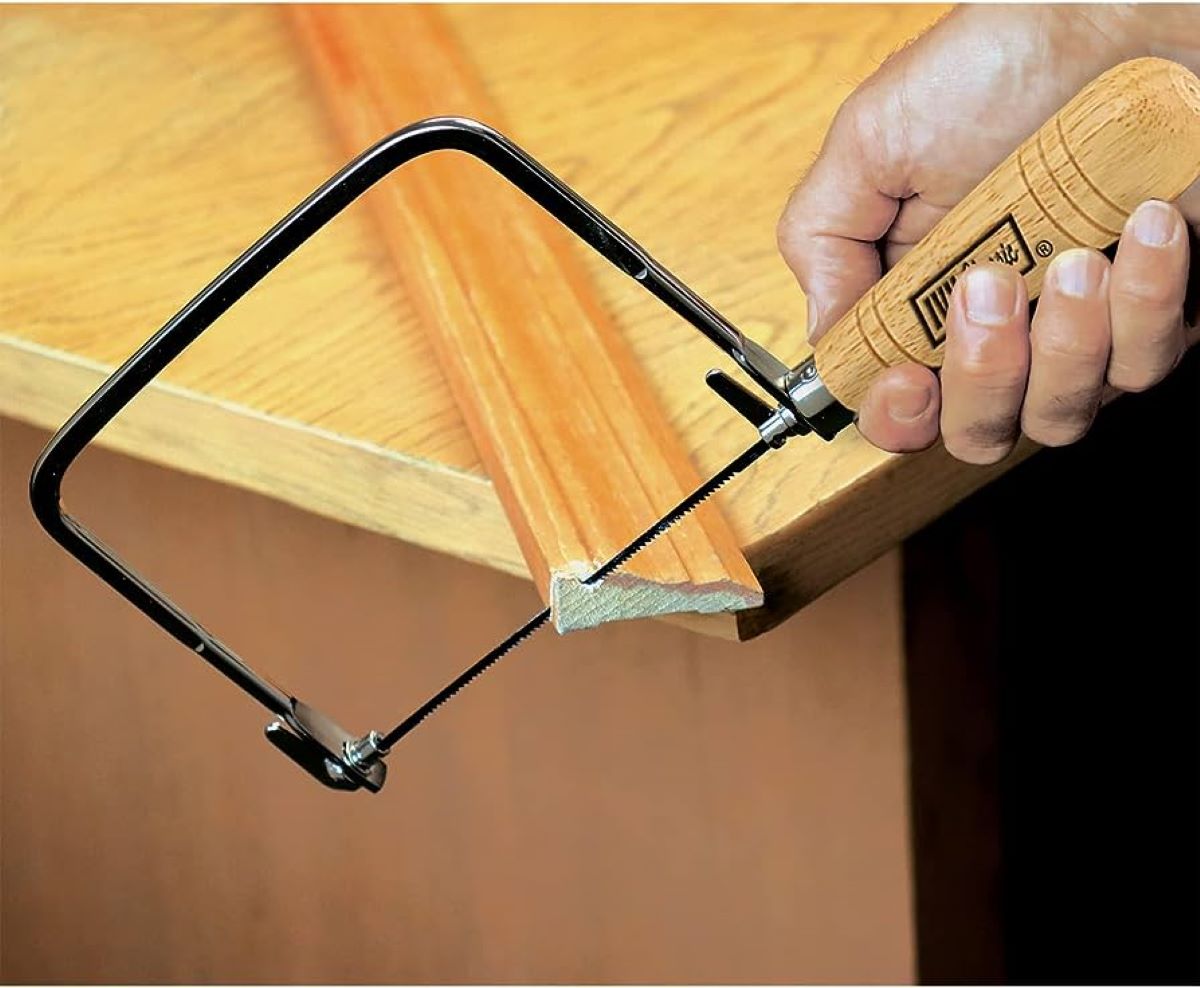

0 thoughts on “How To Store Pole Saw”